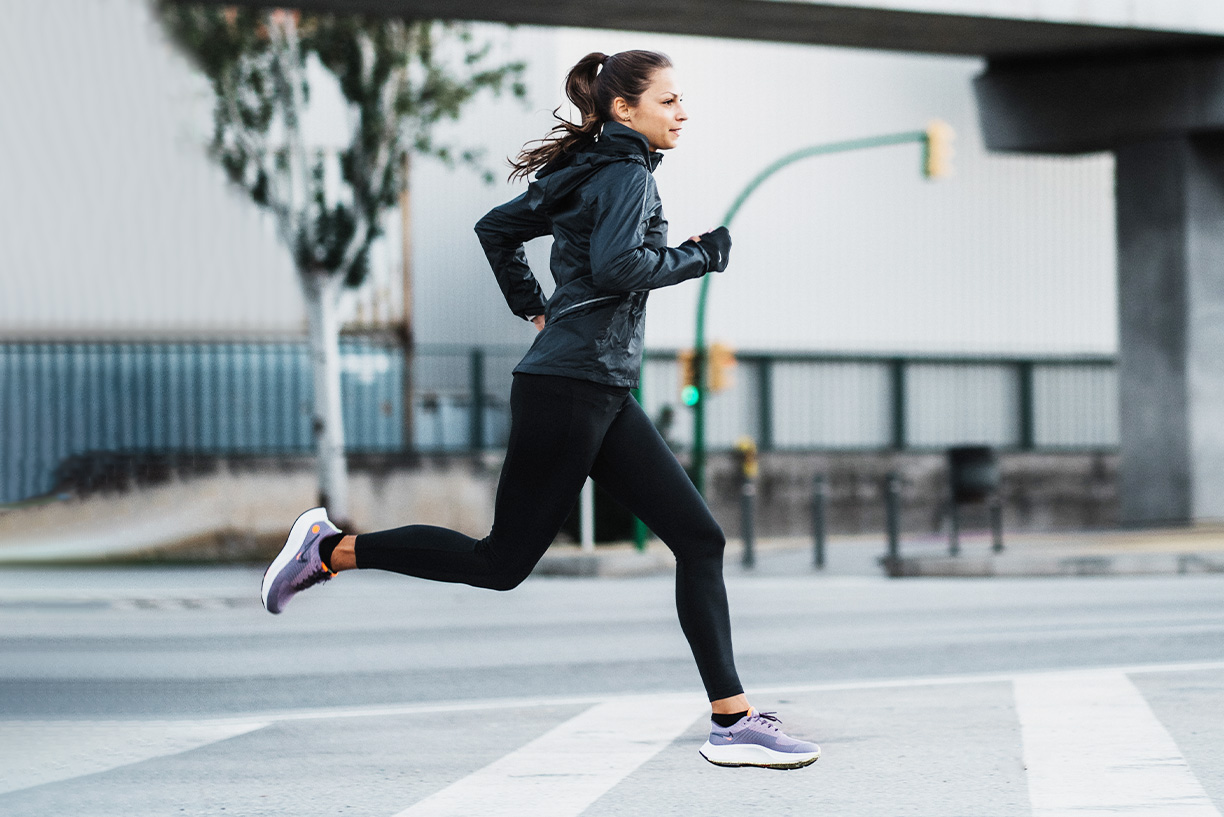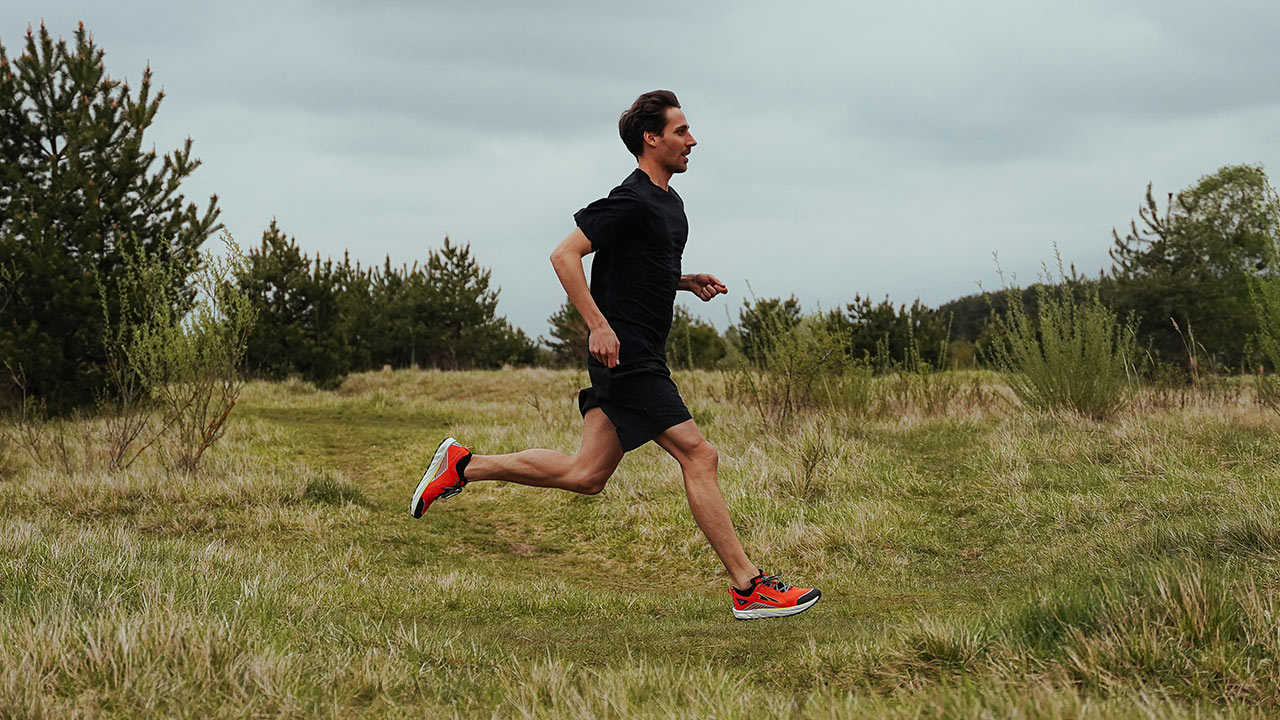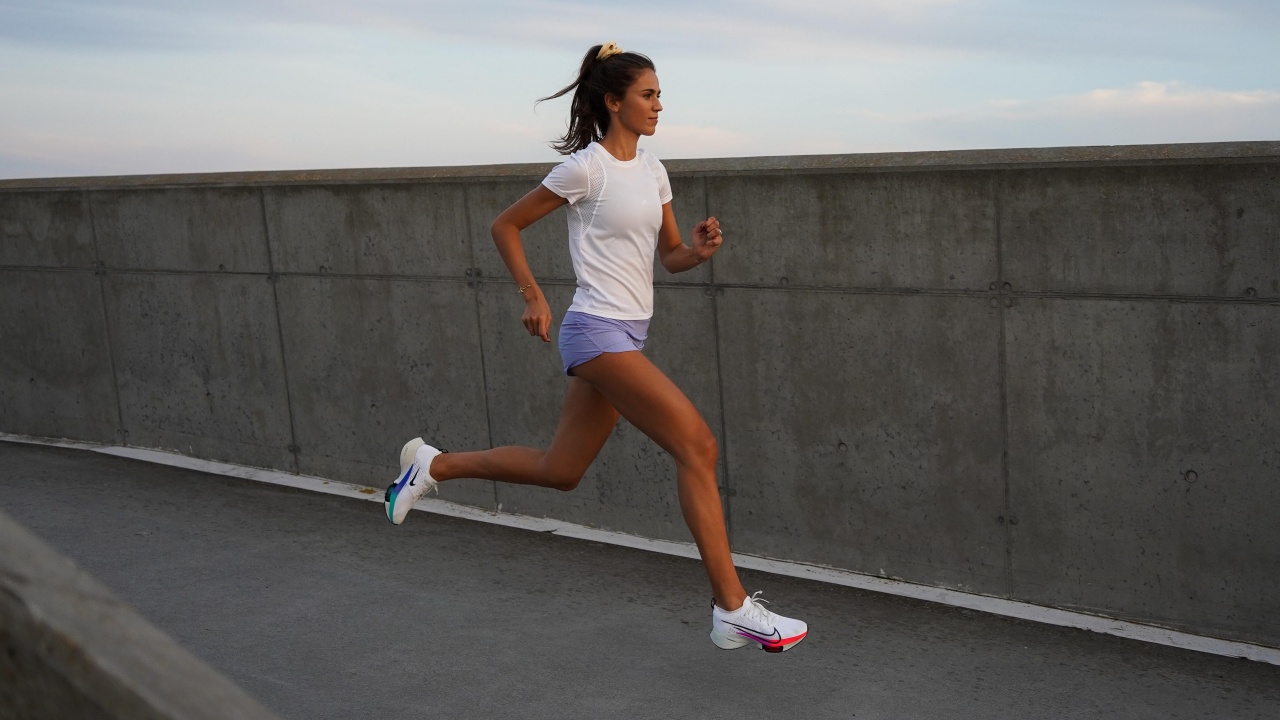Running is a great form of exercise to help you keep fit and improve your overall health. However, many people struggle with running because they don't have proper running technique, breathing, or body coordination. This can lead to learning inappropriate movement patterns and, in extreme cases, injury.
We've got a great running guide for you, where we talk about the four cornerstones of healthy and effective running:
1) Running technique
2) Impact
3) Breathing
4) Hand and foot coordination
1) Running technique
Proper running technique is essential to prevent injury and achieve maximum efficiency in training or racing. The technique is not just a matter of the legs and lower body, but starts with the head and ends with the toes. What are the basic things about it?
- Posture: Keep your head up, and shoulders relaxed, and engage the center of the body consciously. Avoid hunching or excessive bending or stooping.
- Head: Keep your chin up, do not tilt or bow your head. Try to keep reading the terrain and look at least 5 meters ahead of you so you can have a timely reaction to changes or obstacles on route.
- Shoulders: Push your shoulders slightly to the back and push shoulder blades together, so-called busting out. But not so much. An open chest will support efficient breathing and overall posture.
- Middle of the body (core): The center of gravity is in the torso, specifically in front of the chest, and its position matters a lot. Try to keep a slight forward bend when running. This will help your running efficiency and add lightness or fluidity to each step.
- Impact on the foot: The stride should ideally be on the center of the foot, not on the heel or toes. This will reduce pressure on the joints, especially if you often run on hard surfaces.
- Step: Take short, quick steps rather than long ones. They'll help you hit the middle of your foot.
- Step frequency: If you are a hobby runner, aim for a cadence of 160 steps per minute. In this case, you'll run more efficiently and that means you'll use less energy when you exercise. A sports watch will calculate the cadence for you.
All the "rules" of proper technique are very individual and you won't always be able to follow everything 100% - and that's perfectly fine. This is a general guide that each runner modifies according to their needs, preferences, or health condition.

2) Impact: Heel, middle or toe?
Heel, middle or toe? That's the question. Some say never step over the heel, some say the heel is fine. Truthfully, it's impossible to say what kind of impact is best for everyone - it depends on the distance you run, the terrain or your speed. The impact changes during the run. What is the difference between the impacts?
- Heel impact - Heel impacts can cause joint pain (primarily knees) and pain can spread to the back. The risk is especially on hard surfaces - asphalt or concrete.
- Toe impact - Toe impacts are a big strain on the calves and Achilles's tendons.
The ideal case is an impact on the middle of the foot. You won't always be able to maintain this "ideal" impact, but that's normal. You will have a different impact in the first kilometer of a 5k road race (more of a toe) and in the 30th kilometer of a trail marathon (more of a heel). The important thing is to concentrate on not stepping down extremely hard and only on the heel or toe and thus not overloading one part of the foot and other muscle groups or joints.
3) Proper breathing
Opinions on breathing are different - some are the "nose" team, others "mouth". Get inspired by tips on effective breathing and try out what works best for you on your run.
- Breathe through your nose - This partially clears or moistens the air in your nose.
- Try rhythmic breathing - For example, breathing in for three steps and out for two steps. This will help you keep a steady pace.
- Breathe into the abdomen, not the chest - Breathing into the abdomen is deeper, thus oxygenating more blood and improving oxygen uptake.
- Try to breathe consciously - Breathing is an automatic activity to which we normally pay almost no attention. Try to change this when you run and focus on your breathing or its style, frequency, or speed during certain phases of the run.
The style of breathing depends on the pace and intensity of the run. At low intensity, you can probably get by with breathing through the nose. At a higher pace, your body will start to require more oxygen, and you'll need to start breathing through your mouth. As you run, focus on your breathing, consciously change the breathing style, frequency or length and see how you react to the changes or how (well) you run.
Top4Running TIP: Do you want to delve more into breathing? We've got more detailed information, breathing exercises, and prevention of side stitches for you.

4) Hand and foot coordination
With proper hand-foot coordination, you'll maintain better balance and improve your running economy. How to do it?
- Hold your arms at a 90-degree angle and move them back and forth in a relaxed manner. The movement should be from the hips to the chin (maximum range). Keep the elbows close to the body and avoid crossing your arms in front of your body.
- Coordinate your arm swings with the movement of your legs. When the right foot hits the ground, the left arm should be in front and vice versa.
- Avoid clenching your fists or swinging your arms too aggressively. You'd be wasting your energy.
DISCLAIMER: Remember that everyone has a different type of impact, breathing or coordination. Think of the types and advice in this article as general basic information. The best solution is a consultation with an expert - a running coach or physiotherapist - whose advice will be tailored to your needs.
Side stitch or transient abdominal pain
The pain that shoots in the hip area can make running very uncomfortable. It is most common with beginners who have not yet found their breathing style or overweight runners who are often out of breath. And what are the causes of side stitches when running? Most often it is a mismatch between a running pace and breathing rate. This causes tremors in internal organs which move without the support of the abdominal muscles. Another cause can be food eaten shortly before a training session or race. It is advisable not to eat for at least an hour before exercise.
Barefoot running
Barefoot running is a style of running in which you run completely barefoot or with minimalist footwear - for example in shoes with zero drop. This style of running is based on the idea that our feet are naturally adapted to running, but traditional shoes can interfere with our natural movement by their design, limit toe space and deform the foot.
What are barefoot shoes?
Barefoot shoes are characterized by the following features:
- The difference between the heel and toe (drop) of these shoes is 0 mm
- The sole thickness is 5 mm max
- The toe area is wide and the toes can therefore expand without limitation
- There is no insole in the shoe, and the arch has no support
- The foot works naturally and continuously in the shoe, thus strengthening the foot muscles and the arch, which a classic running shoe does not allow you to do

Is barefoot running appropriate?
Today's era supports a lot of barefoot walking and running. Many people praise it and consider it a natural and efficient way of running that brings several positives:
- Natural movement and shape of the foot
- A lot of space for toes
- Strengthening of the foot and arch muscles
- Improvement of running technique and posture
Despite the range of benefits, barefoot running may not be for everyone. For the transition from traditional running shoes to minimalist shoes, it is essential to get used to them gradually to build strength in the feet and legs. Try short walks on soft surfaces first and gradually increase the distance, and frequency of wear and change the terrain. When running, alternate minimalist shoes with classic, cushioned ones.
Risks of barefoot running
Running in minimalist shoes can increase the risk of injury due to the lack of cushioning and protection provided by traditional running shoes. The most common risks include overload injuries to the feet and legs, Achilles tendons, calves or knee pain. Be careful to give your feet time to get used to this type of running.
If you are only starting with running, we hope we provided some useful advice. Running technique, breathing, impact, and body coordination are the basics on which you can build your performance, endurance or dynamics, so don't underestimate them. There's nothing like long, healthy years of running!

